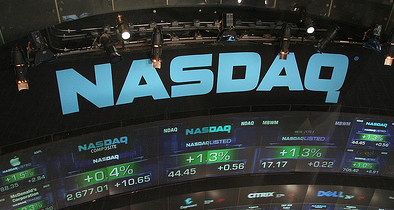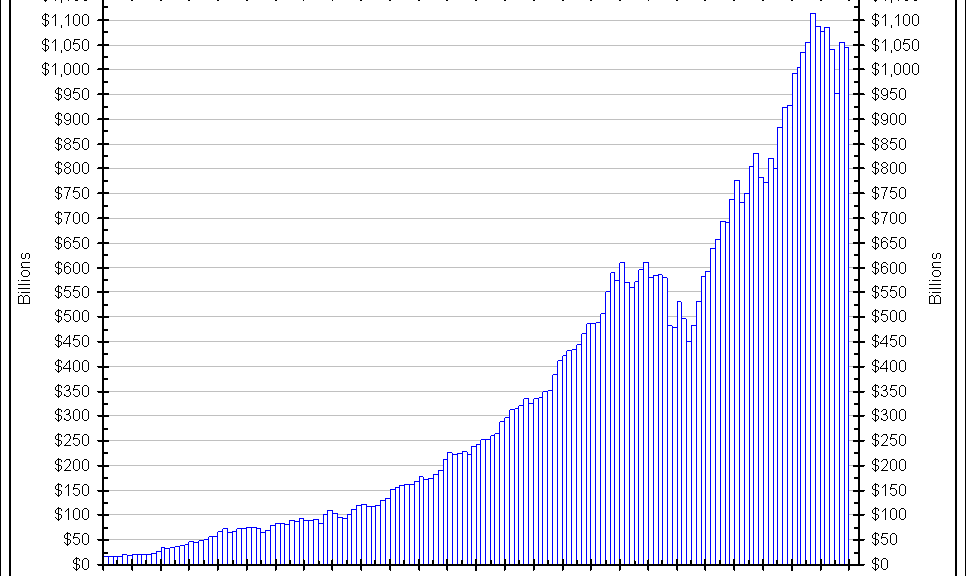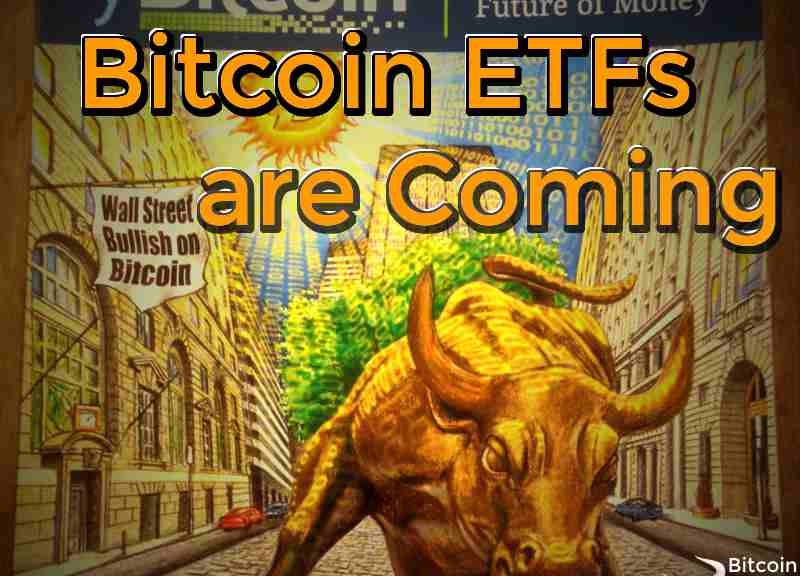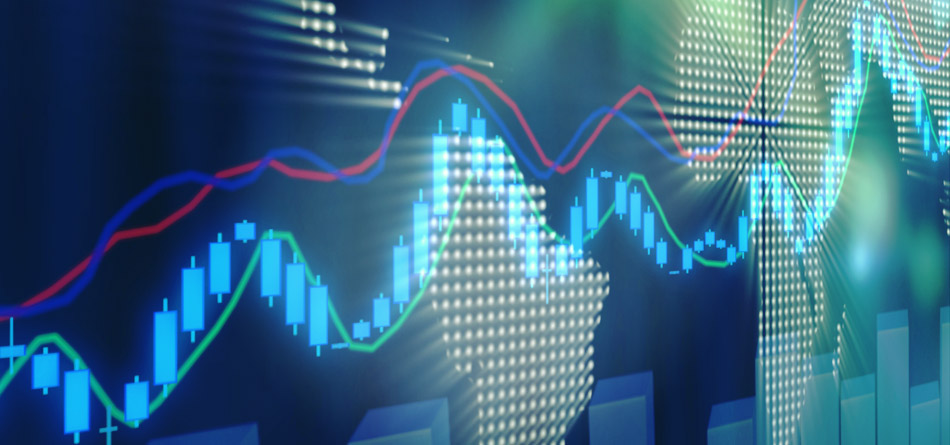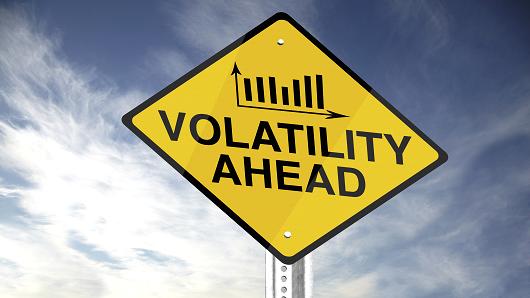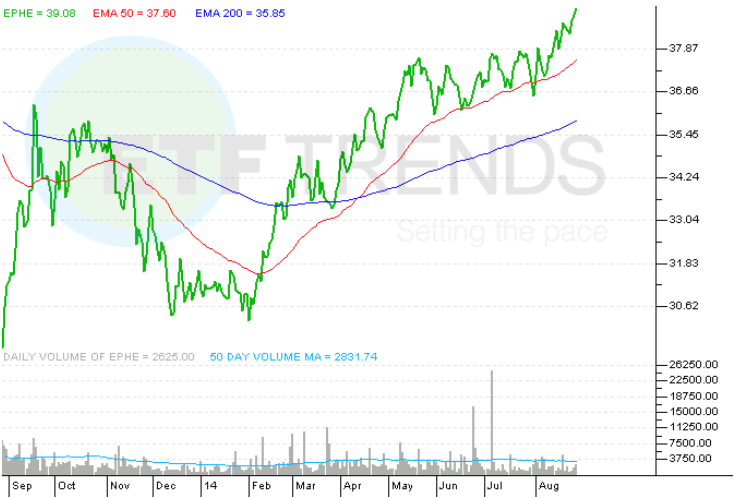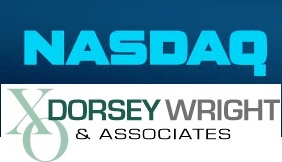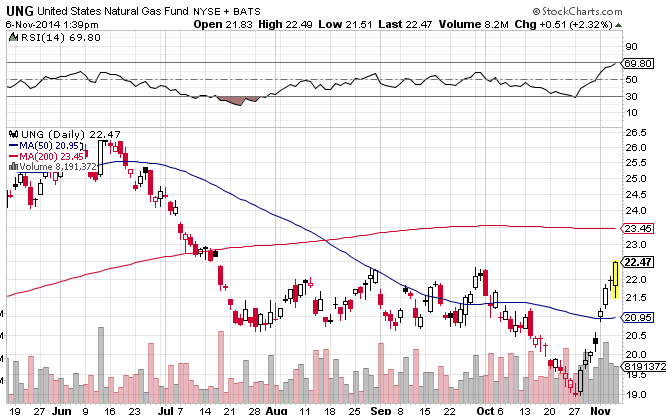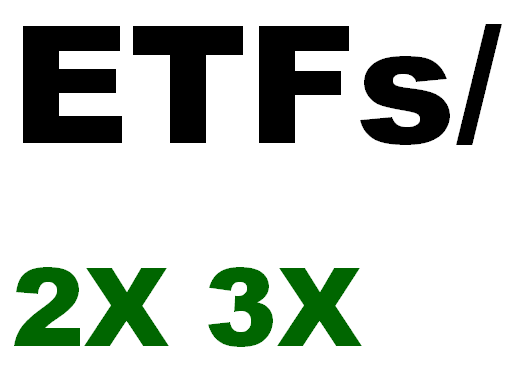As the exchange-traded fund marketplace continues to evolve, the recent introduction of “exchange-traded managed funds”, aka ETMFs, has opened Pandora’s Box for those who have embraced “traditional” ETFs because of their transparency, real-time pricing (vs “end of day price setting”) and the relative ease of diagnosing liquidity by interrogating bid-offer markets in the respective underlying components. The ETMF construct is intentionally-designed to mask the underlying components because (i) the underlyings are subject to change subject to the active manager’s strategy and (ii) mitigate the risk of market participants ‘gaming’ the cash ETMF via arbitraging the underlying components.
The excerpt below is courtesy of the 2nd of a series of interviews conducted by PA-based ValueShares and insight provided by Mike Castino, Senior Vice President.
Background:
Mike Castino, Senior Vice President
Mike Castino serves as business development officer for the Exchange Traded Funds division. Mr. Castino joined U.S. Bancorp Fund Services in 2013 with more than 20 years of business development, relationship management, marketing, managerial experience, and futures/equity trading experience. Prior to joining U.S. Bancorp Fund Services, Mr. Castino worked for Zacks Investment Management as managing director of the Index Services Division. He also held the position of vice president of Institutional Sales for Claymore ETFs (now Guggenheim Funds) and was senior floor trader at the Chicago Mercantile Exchange for a major Wall Street trading firm. He is also serves as chairman and trustee of ETF Series Solutions, our ETF trust. Mr. Castino received his Bachelor of Arts degree in business management from Illinois State University and is Series 7 and 66 licensed.
Interview:
The SEC recently approved Eaton Vance’s application to create exchange traded managed funds, or ETMFs. What is your opinion of ETMFs? Will the mutual fund companies now rush to launch ETMFs, and pay licensing fees to Eaton Vance, or will we see mostly just Eaton Vance products?
Mike: ETMFs are a welcome step forward in the in the evolution of non-transparent ETFs. Mutual fund families concerned about the non-daily disclosure of portfolio holdings can benefit from this structure as well as the added ability to mitigate capital gains. Given these benefits, Eaton Vance believes their clients may benefit from this structure, and mutual fund families sharing this sentiment may also be candidates for licensing this intellectual property.
While widely viewed by the larger investment community as a hybrid of existing structures, a mutual fund and an ETF, the SEC defines ETMFs as a separate and new structure. This becomes critical to definitively understanding which regulatory agencies or SROs, such as FINRA, may be establishing guidelines for this new structure, and what these guidelines may entail. At this time it is unknown whether it will it be similar to existing policies and procedures, or if regulatory changes will be occurring in the future.
Are ETMFs good for the investor? Specifically, can you help us understand ETMF liquidity? ETMFs will be “non-transparent” in the sense that they will only disclose their holdings monthly, or quarterly with a lag, as with mutual funds. Yet, if Authorized Participants (market makers) don’t know what an underlying ETMF basket looks like, how will they be able to maintain tight NAV spreads via the arbitrage process, as they do today with traditional ETFs? Any insights?
Mike: The ability to buy/sell shares of the ETF during the day at traditional bid/ask pricing does not exist in in the ETMF structure. ETMFs will be priced at the ETMF end of day NAV, plus or minus a determined spread.
To illustrate, let’s assume you purchased an ETF and an ETMF with the same underlying portfolio holdings at 10 a.m. on the same day. At the time of the purchase, the ETF was bought for $25 and the ETMF was bought for the NAV of $25 plus $.01. After the purchase, the market rallies before the end of the day. You paid $25 for the ETF which settles later that day at $25.50. The ETMF NAV will also have gained that day, but since your ETMF purchase price is based on end-of-day NAV, your actual purchase price is $25.51 ($25 starting NAV plus $.50 gained in the rally plus $.01). Effectively, you did not participate in the rally even if you purchased the ETMF at the same time as the ETF. Likewise, if you sell out an ETMF in the morning in anticipation of a sell off, you still get the end-of-day NAV plus or minus pricing.
This in no way indicates a flaw in the ETMF structure or that they are bad for investors. Many buy and hold investors will like the fact that they get end of day pricing and may not be subject to an intraday premium or discount relative to the current NAV. This holds true for many long-term mutual fund investors who will now potentially benefit from the tax mitigation features of ETMFs. It may be only tactical investors who are looking to buy at the start of the rally and capture that price movement, who would not find it beneficial to purchase an ETMF.
Liquidity and effectively pricing the shares may be a concern for some market makers. The specifics of what will be known about the portfolio when disclosed in the create/redeem process and what may have to be “reverse engineered” during the trading day if the ETMF is making changes to its portfolio during the trading day may widen spreads and affect the depth of book. Regardless, a portfolio of highly correlated, liquid securities may help market makers more confidently price the fund. While this is my opinion, investors should consult a market maker for their professional opinion.
What do you think are the most important considerations in selecting key service providers (e.g., custody, fund administration, fund accounting, statutory distribution) for an ETF?
Mike: Selection of an experienced service provider is an operational necessity. The greatest operational and cost efficiencies can often be achieved by using a service provider who offers full service options inclusive of administration, accounting, custody, index receipt agent and distributor services. This service offering should be built on state-of-the-art technology for create/redeem order entry among the seamlessly integrated internal systems that provide necessary access and reporting capabilities for the client and capital markets participants.
Beyond these services, the ability to provide an existing multiple series trust in which you can launch your ETF(s) using your own relief or “rented” relief is very helpful to new clients.
Many ETF providers have struggled with the question of distribution. It can be hard to identify who is buying ETFs on the secondary market, and this creates challenges for salesmen, who can’t attribute a secondary market trade to specific actions they took to make a sale. How do you think the industry will ultimately solve this problem?
Mike: Many wirehouses may be able to provide this information to you for a fee. There are data vendors out there who offer limited, but useful, data in this area of ETF ownership information as well.
Many ETF sponsors pay their ETF wholesale teams based first on a share of “pooled commissions” from AUM gathering. Additional incentives/commissions may be paid based on success stories wholesalers can provide their managers. For example, if they have a particular wirehouse advisor or RIA team that invests heavily in an ETF or ETFs, they may be inclined to contact the manager regarding that wholesaler and the valuable assistance they provide.
Due to the exchange listed nature of ETF shares, and the fact that they are not “transactional” like a mutual fund or unit investment trust, there may never be a final solution. But the current system of sharing a portion and building a case for additional incentives based on hard work should never go out of style. ETFs require servicing after the sale and the best wholesalers are product experts who can answer questions about the ETF methodology and other vital ETF subjects such as creation/redemption, liquidity, and best execution.

